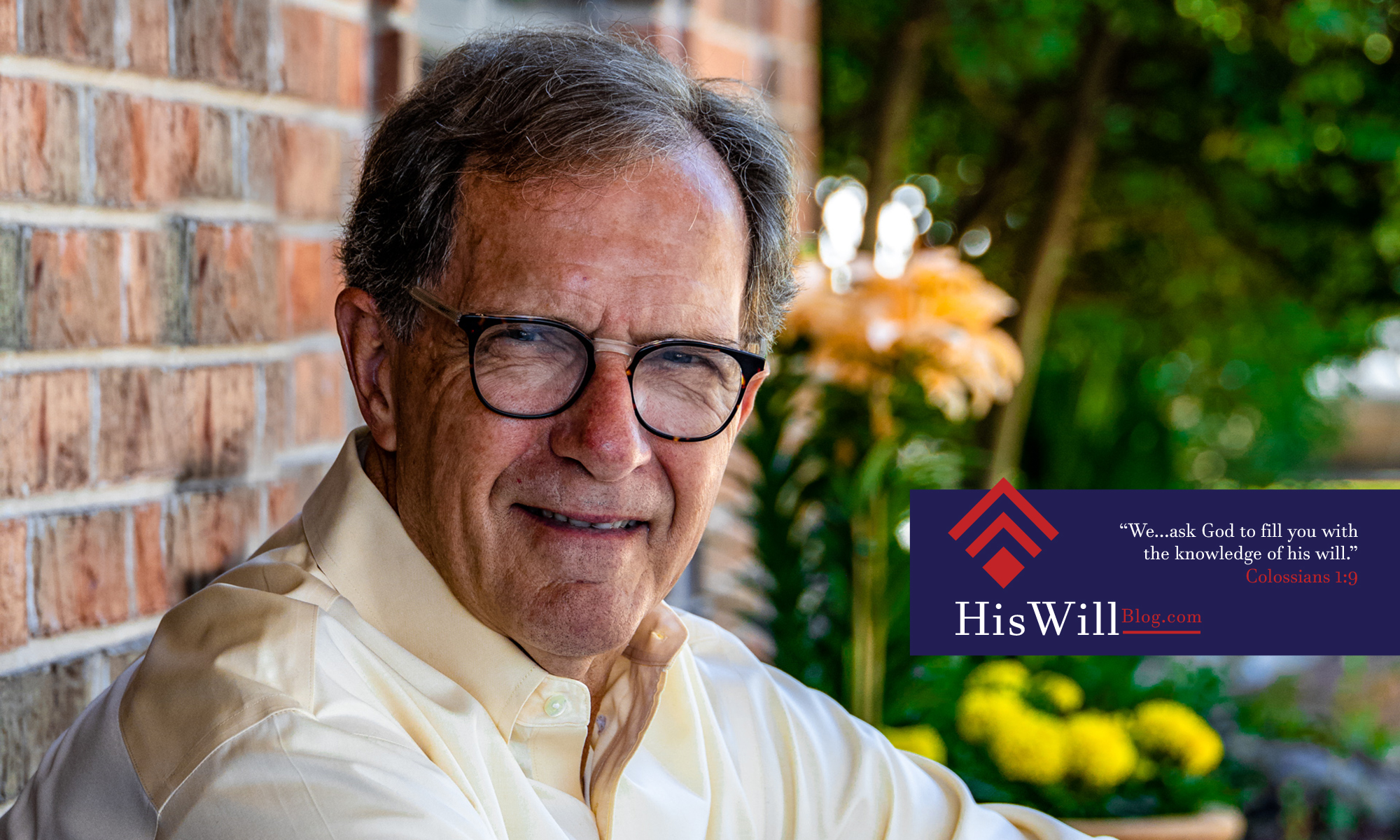I hope the war in Ukraine ends soon. I hope my friend recovers from cancer. I hope my flight isn’t cancelled. I hope the economy does not lapse into a recession. I hope the Bengals do well in the playoffs. All these are expressions of the way we use the word “hope.” They imply wishes for positive outcomes. But in our uncertain world those outcomes are not guaranteed.
The New Testament uses the word “hope” in a more confident way. The word is used repeatedly of expectations that are grounded in the certainties of God’s promises. In the words of W.E. Vine, “Hope describes the happy anticipation of good . . .” because of “the object upon which the hope is fixed.” He cites 1 Timothy 1:1 which refers to “Christ Jesus our hope.”
So when Christians speak of the hope of the resurrection they are speaking of the confident expectation of the resurrection. This confidence is rooted in the word of Christ himself. When they refer to gospel hope, it is the assurance that the Lord will fulfill his word to us in all the promises presented in the gospel (such as forgiveness, acceptance, eternal life).
On this threshold of a new year, I ask the question: “What is the Christian hope?” The answer given in the catechism is succinct and accurate: “The Christian hope is to live with confidence in newness and fulness of life, and to await the coming of Christ in glory, and the completion of God’s purpose for the world.”
Amen. The catechism further explains, “By the coming of Christ in glory, we mean that Christ will come, not in weakness, but in power, and will make all things new.” When I use the word “hope” in connection with this, it means that I am expecting the return of Christ and looking forward to it. The new Testament calls this a “blessed hope” (Titus 2:13).
Maybe the Lord’s coming will be in the year ahead. The New Testament teaches us to live with the expectation that his coming could be at any time. Read and think deeply about the following examples.
1 Corinthians 1:7 — “. . . as you eagerly wait for our Lord Jesus Christ to be revealed.”
1 Corinthians 16:22 — “Come, Lord!”
Philippians 3:20 — “Our citizenship is in heaven. And we eagerly await a Savior from there, the Lord Jesus Christ.”
Philippians 4:5 — “The Lord is near.”
1 Thessalonians 1:10 — “. . . and to wait for his Son from heaven”
Titus 2:13 — “. . . while we wait for the blessed hope — the appearing of our great God and Savior, Jesus Christ”
Hebrews 9:28 — “So Christ . . . will appear a second time, not to bear sin, but to bring salvation to those who are waiting for him.”
James 5:7-9 — “Be patient, then, brothers and sisters, until the Lord’s coming . . . The Lord’s coming is near. . . . The Judge is standing at the door.”
1 Peter 1:13 — “Set your hope on the grace to be brought to you when Jesus Christ is revealed at his coming.”
1 John 3:2-3 — “. . . when Christ appears, we shall be like him, for we shall see him as he is. All who have this hope in him purify themselves, just as he is pure.”
Jude 1:21 — “. . . as you wait for the mercy of our Lord Jesus Christ to bring you to eternal life.”
Revelation 3:11 — “I am coming soon.” (Also Revelation 22:7, 12, 20)
As I read these verses from God’s Word, I am motivated to meditate on the imminent return of Christ and to pray for it. I remind you that every time you pray the Lord’s prayer you say, “Thy kingdom come.” What is that but a prayer for Christ to come and fulfill his promise to bring his peace and justice to our suffering world?
The Christian hope of Christ’s literal return is not wishful thinking or an idle dream. It is a confident expectation based upon his promises. It is hope in the best sense of the word. Let that hope carry you through 2023 as you pray the prayer found on the last page of your Bible: “Come, Lord Jesus.”
Pastor Randy Faulkner
